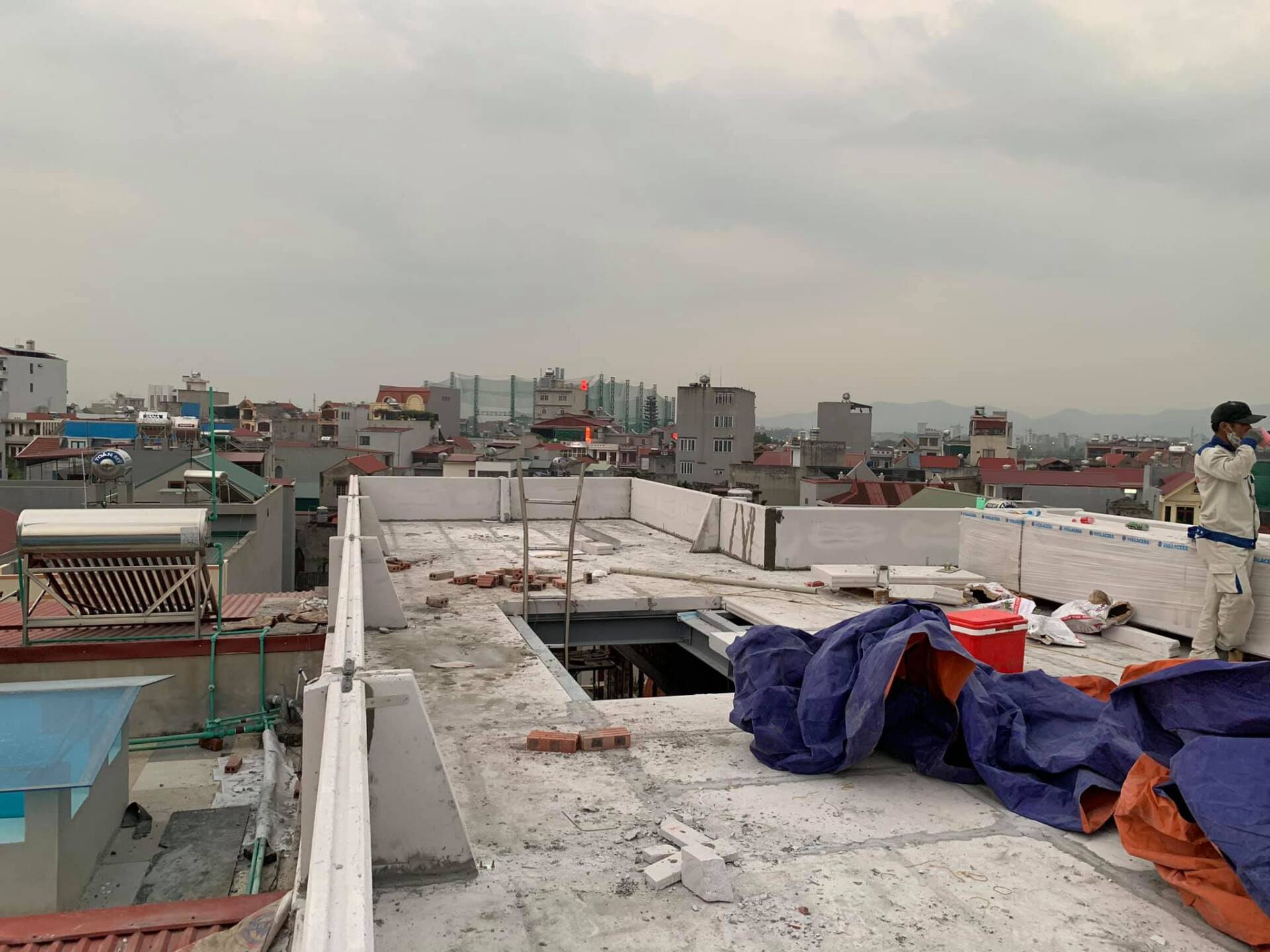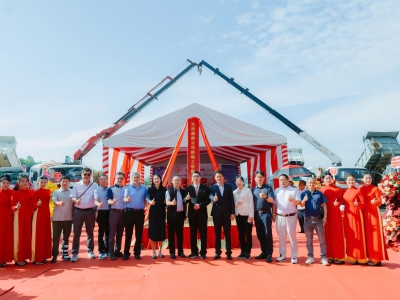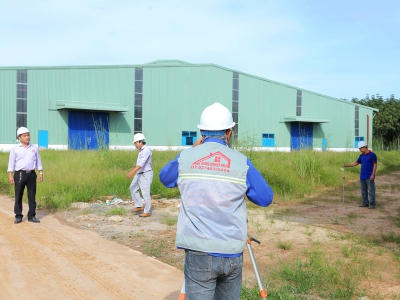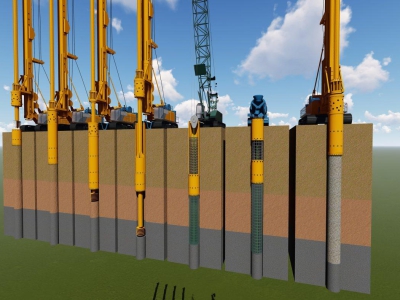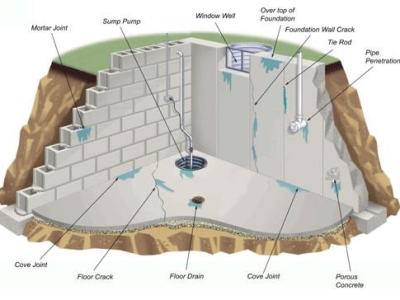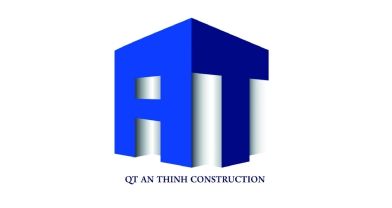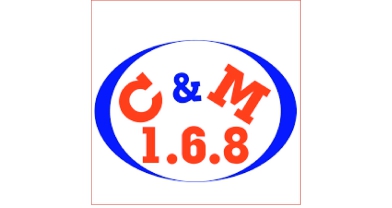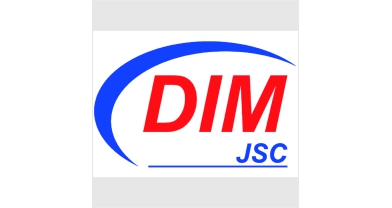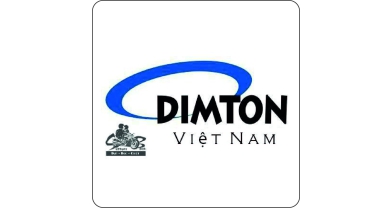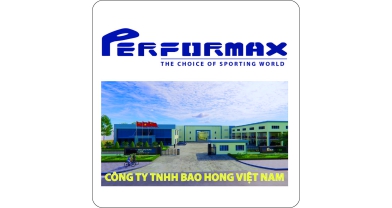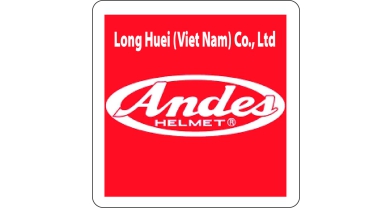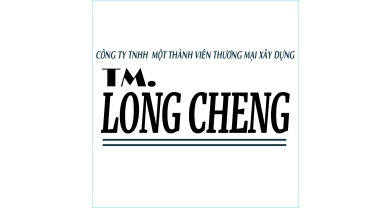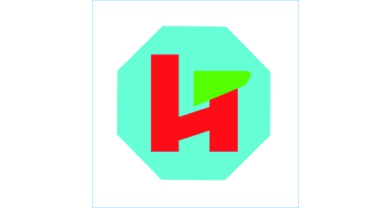WHAT IS LIGHTWEIGHT CONCRETE? SHOULD I USE LIGHTWEIGHT CONCRETE FOR CONSTRUCTION?
Lightweight concrete is a material that many homeowners are afraid of using to build houses. So what is lightweight concrete? Should lightweight concrete be used to build houses?
Lightweight concrete, also known by other names such as aerated concrete, cement board, etc., is increasingly being used in construction projects. If reinforced concrete, flexible concrete, and asphalt concrete create structures with solid, durable, high-strength structures, ultra-lightweight concrete plays a very important role for current smart construction solutions. now.
However, to have a finished construction product with guaranteed quality, investors need to clearly understand the nature, advantages, disadvantages and classify them accordingly for each project item. Join Hung Nghiep Phu to learn about lightweight concrete through the article below!











